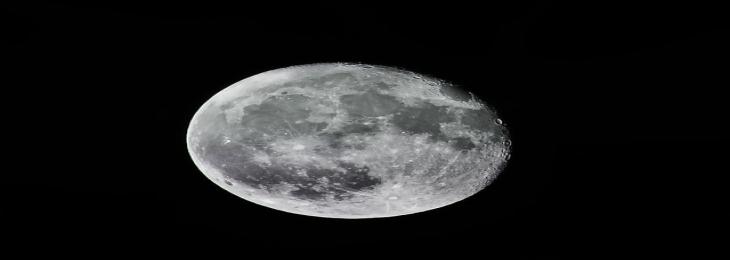Feb, 2021 - By WMR

Samples collected from the lunar surface by the Chang’e 5 mission have been recovered and are being prepped for scientific research and sharing.
At the end of a 23-day long mission, the Chang’e 5 capsule touched down on Mongolian soil on 16 December 2020. The capsule which contained lunar samples was airlifted to Beijing, China. The samples were then handed over for analysis, storage and processing to a facility owned by the Chinese Academy of Sciences on 19 December 2020. The weight of the samples, which were collected after drilling a hole into the moon’s surface, was 1.731kg in total. According to chief designer of the Chinese lunar exploration mission, Hu Hao, the initial plan to drill a 2-meter deep hole into the lunar surface had to be changed as the radar detected multiple layers of slates at the site. Zhang Guangliang, primary designer of the ground application system of this mission also explained the plans and process which are in place to prevent contamination of the samples.
The samples will be unpacked in a vacuum setting, then transferred to a nitrogen setting for storing and processing. The Chinese Academy of Sciences has designed a clean environment to minimize contamination of the samples from Earth’s particles. Zhang emphasized that the materials will be acquired and handled with extreme care. Deputy Chief of the mission, Li Chunlai, said during a press conference held on 17th December that the samples were collected from the Oceanus Procellarum site and will provide valuable insights about volcanic activity, space weather, geography, and evolution of the moon among other vital information. According to deputy director of the China National Space Administration, Wu Yanhua, the samples will serve three purposes; science, reaching out to the public, and sharing the material with other institutions and countries.
Some of the samples will be used as consular gifts as per examples sent by the U.S. and Russia. With regards to co-operation between the U.S. and China, and sharing the samples with NASA, Wu said that the government is willing to share the samples as well as related data with countries and research institutes which have the same goal as China.

We will be happy to help you find what you need. Please call us or write to us: